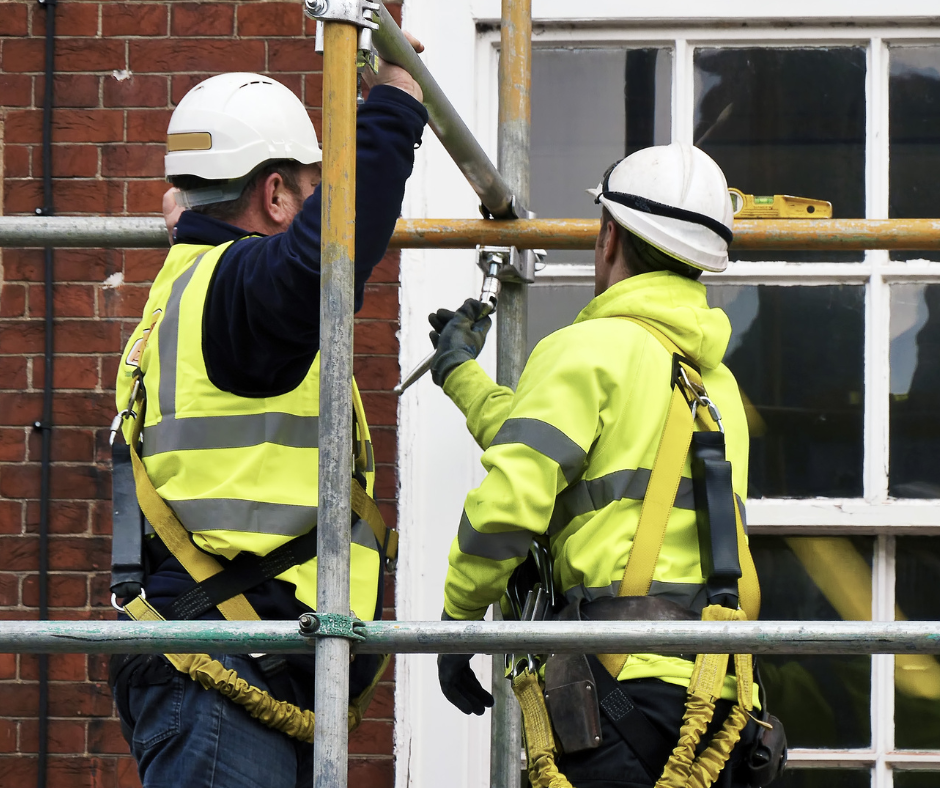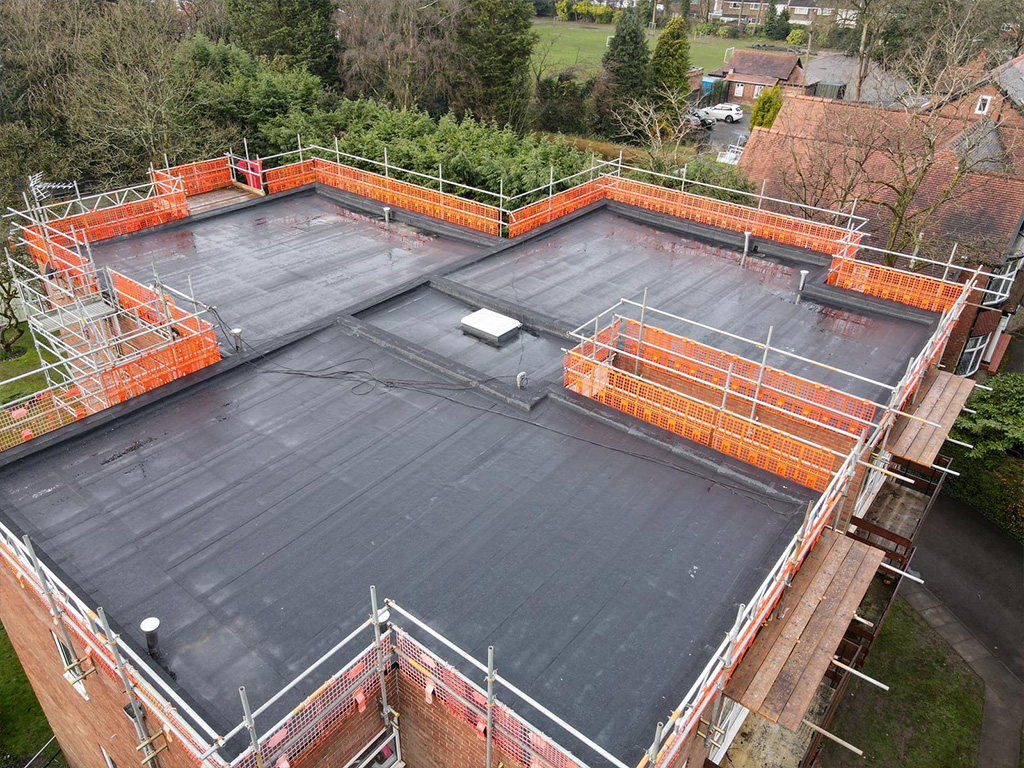
Construction projects involve a multitude of tasks that require working at elevated heights. Scaffolding, a temporary structure used to support workers and materials is a common sight on construction sites. While scaffolding provides a convenient solution for working at heights, it also presents potential risks if not erected, used, and dismantled with utmost safety in mind. In this blog, we will delve into essential safety guidelines and best practices for scaffolding to emphasise the importance of safety in construction projects.
Proper Planning and Inspection
The foundation of any safe scaffolding operation lies in thorough planning and meticulous inspection. Before erecting the scaffold, a comprehensive assessment of the work area is necessary to identify potential hazards, load requirements, and the type of scaffold needed. Designating a competent person to oversee the planning and inspection process is crucial to ensure compliance with safety standards and regulations.
Competent Workers and Training
Employing competent and well-trained workers is vital for scaffolding safety. Workers should receive proper training on the assembly, use, and dismantling of scaffolds. They must understand the hazards associated with working at heights and how to prevent accidents. Regular refresher training sessions should be conducted to keep workers up-to-date with the latest safety protocols.
Choosing the Right Scaffold
Selecting the appropriate type of scaffold for the job is essential. There are various types of scaffolding available, including suspended, supported, and mobile scaffolds. Each has its advantages and limitations, and choosing the right one depends on factors such as the height, weight requirements, and the nature of the work to be performed.
Secure Foundation and Stability
A stable foundation is the backbone of safe scaffolding. The scaffold should be erected on a level surface, free from any unstable ground conditions. The base plates or adjustable legs should be used to ensure stability. Additionally, the scaffold should be adequately braced, and outriggers should be employed when necessary to prevent tipping.
Guardrails and Fall Protection
Guardrails are one of the most critical components of scaffolding safety. They should be installed along all open sides and ends of the working platform, including intermediate levels. Toe boards must also be installed to prevent tools and materials from falling off the scaffold. Workers should always wear appropriate personal fall protection equipment, such as harnesses and lanyards, and tie-off to secure anchor points.
Regular Inspection and Maintenance
Scaffolding should undergo regular inspections by a competent person, especially before each work shift. Any damaged or faulty components should be immediately replaced or repaired. Proper maintenance is crucial to ensure the scaffold’s integrity and prevent accidents due to wear and tear.
Weather Considerations
Weather conditions can significantly impact scaffolding safety. High winds, rain, snow, or icy surfaces can make scaffolding unstable and hazardous. Workers should be informed about the weather forecast and, if necessary, suspend work during adverse conditions.
In construction, where working at heights is inevitable, scaffolding plays a vital role in ensuring worker safety and facilitating efficient project completion. However, safety should always be the primary concern. By adhering to proper planning, regular inspections, and the implementation of safety guidelines, KW Scaffolding in Warrington can create a secure work environment that minimizes the risk of accidents and injuries.
Remember, in construction, “Safety First” is not just a slogan; it’s a way of life that protects workers and promotes a successful project completion.
Get in touch with KW Scaffolding today to see how we can provide you with a safe and professional scaffolding service.
continue reading
Related Posts
Utilising professional scaffolding services like KW Scaffolding Warrington is a smart investment for any construction or renovation project.
Temporary scaffolding roof systems offer a multitude of advantages that significantly improve the construction process.
Whether you’re a construction professional or a DIY enthusiast, scaffolding […]



